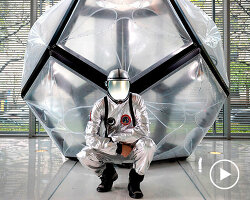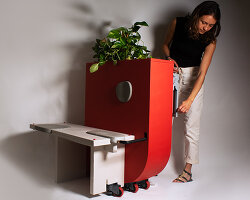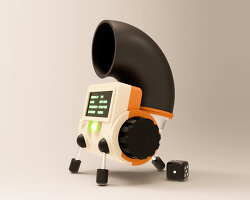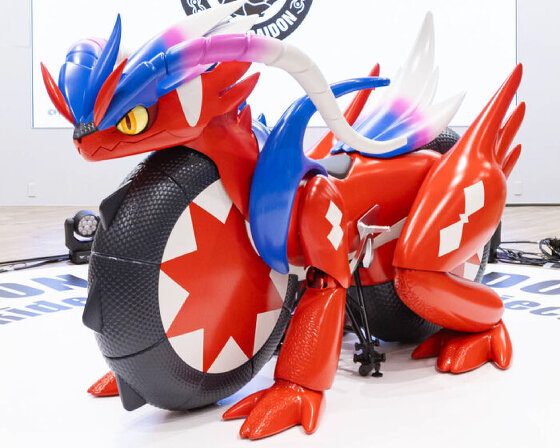MIT Robots can help people with construction
Some autonomous self-replicating robots are shaking up the MIT house. The MIT’s Center for Bits and Atoms (CBA) has recently shown that its new robots have the potential to assemble nearly anything, including things much larger than themselves, from vehicles to buildings to larger robots (talk about building an army of robots). The progress can reduce strenuous activities off people’s shoulders in the future by relying on the mechanisms and systems of these robots.
By guiding these assembler robots on where they should put the blocks and how they should put them, it’s not too far off that they’ll start helping people construct projects and fully complete the construction. The tests and results have also been studied by CBA doctoral student Amira Abdel-Rahman, Professor and CBA Director Neil Gershenfeld, graduate student Miana Smith, and MIT-CBA students Benjamin Jenett and Christopher Cameron.
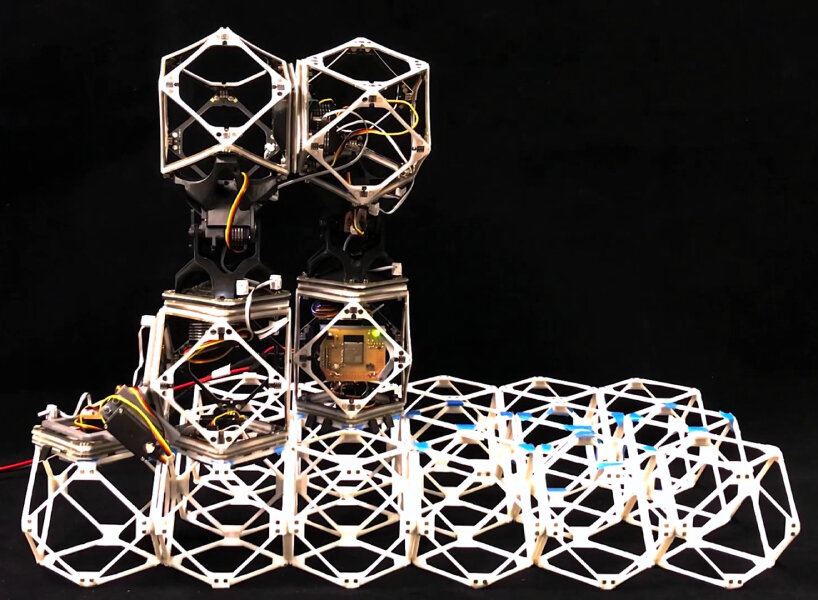
images courtesy of MIT and the researchers
How do these robots work?
During the test, the MIT researchers involved usable structures called voxels. Before, these rhombic-shaped webs of steel were meant as mechanical structural pieces, but the researchers took them further and developed complex ones that could carry power and data from one unit of voxel to the other.
This means that the voxel-based robots might construct things and objects that can both bear loads and carry out manual labor such as lifting, moving, and manipulating materials (they can even repair or create versions of themselves through this system).
The robots themselves consist of a string of several joined voxels and can grab another voxel using the attachment points on an end of their structure. They can pick up another voxel and then move like a worm to the desired position, where the voxel can be attached to the growing structure and released there.
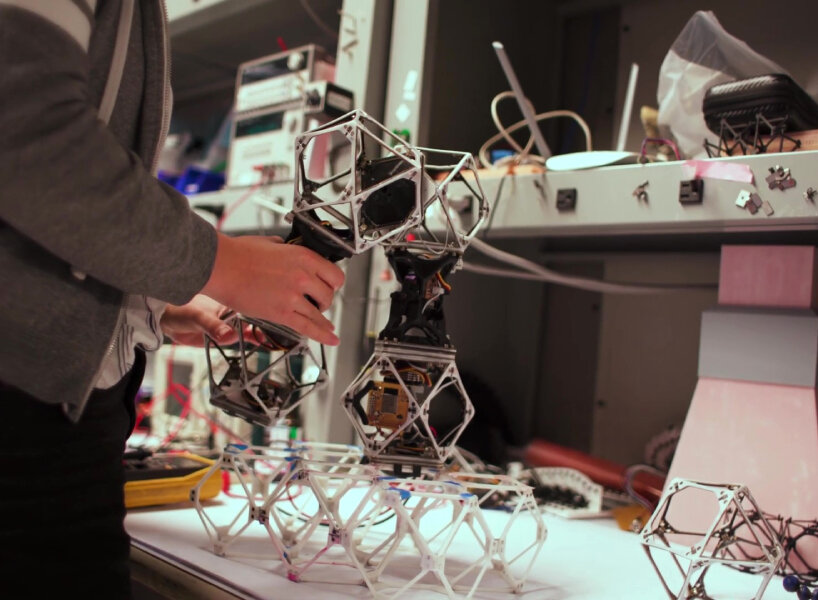
the new MIT robots can potentially help people with construction
Can these robots know when to build bigger structures?
Neil Gershenfeld explains that as the size of the big structures reaches a certain point where the size of the assembler robot can no longer add more to it, the process becomes inefficient because of the longer paths each bot needs to go through to bring each piece of the construction.
With the researchers’ new system, the bots can decide that it’s time to build a larger version of themselves so that they can reach longer distances and reduce travel time. Basically, they just stack themselves with more voxels, so they can continue building bigger construction.

voxel details
A step toward self-replicating robot goal
Gershenfeld adds in the MIT researchers’ published paper that fully autonomous self-replicating robot assembly systems capable of both assembling larger structures, including larger robots, and planning the best construction sequence might still be years away, but the new work offers important strides toward that goal.
This includes accomplishing complex tasks of when to build more robots and how big to make them, as well as how to organize bots of different sizes to build a structure efficiently without crashing into each other.
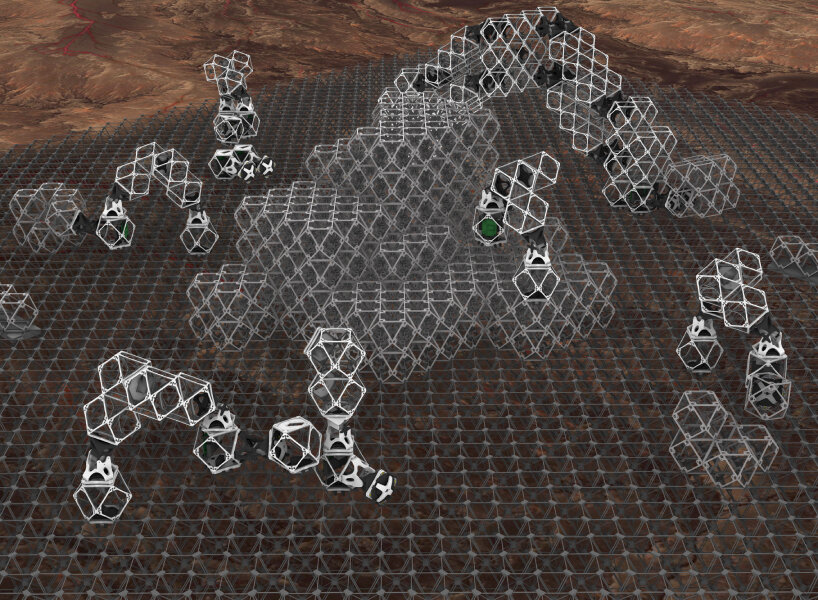
assembler bots moving independently
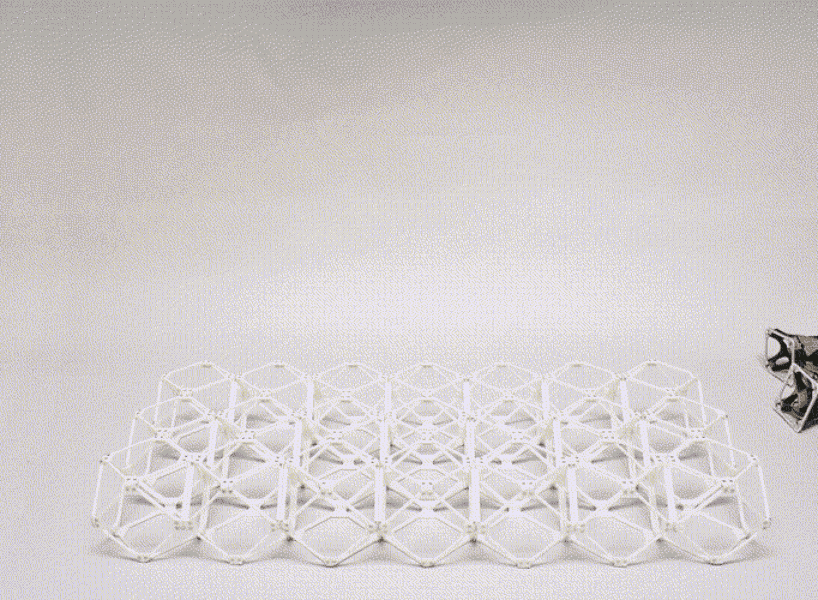
MIT robots building themselves
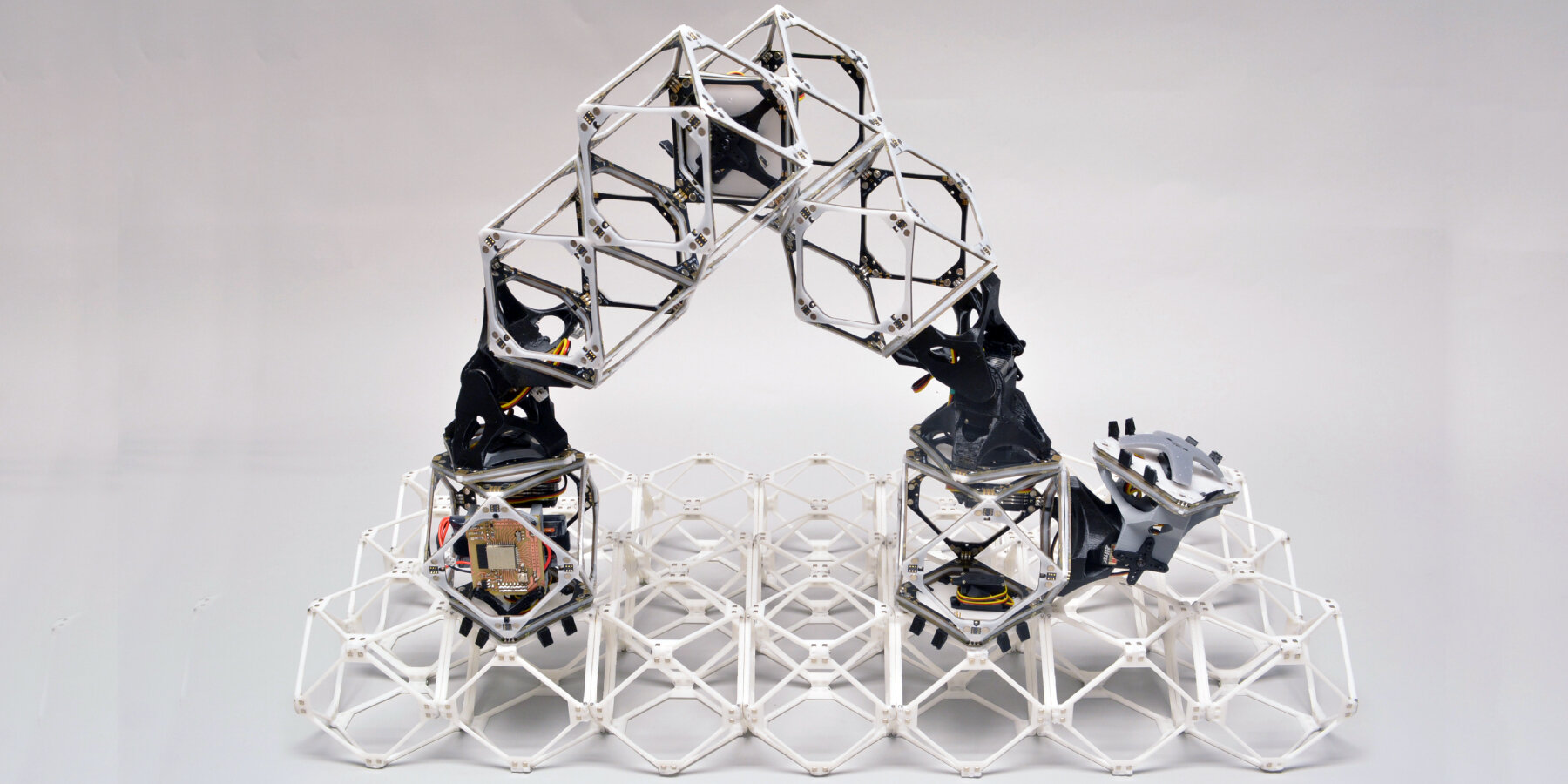
MIT robots could assemble nearly everything including themselves
project info:
name: Assembler robots with voxels
institution: MIT
research team: Neil Gershenfeld, Amira Abdel-Rahman, Miana Smith, Benjamin Jenett, Christopher Cameron

